Firing
-
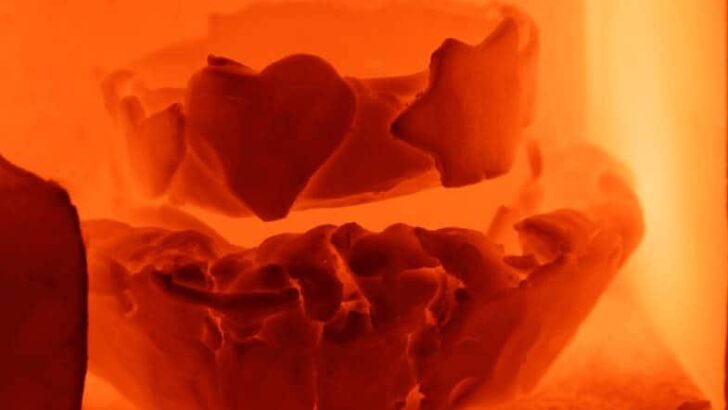
What is the Right Temperature to Bisque Fire Pottery?
Before owning a kiln, I took my greenware along to a local pottery shop and would get it fired there. I told them what clay I had used, they fired it and I collected it when it was done. But firing ceramics yourself in your own kiln raises all sorts of questions. The first question…
-
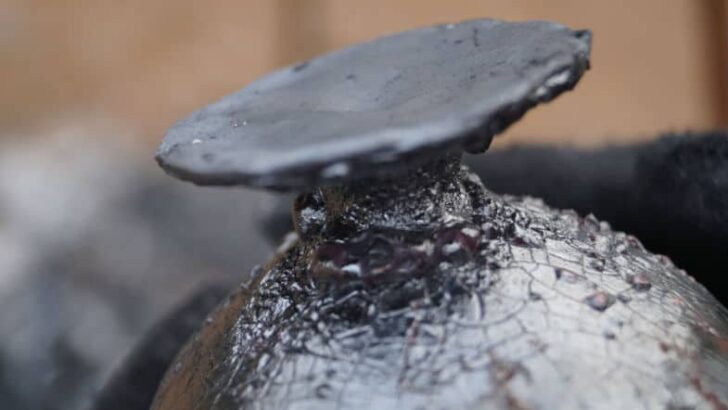
How to Clean Raku Pottery – Let Your Raku Shine
There are two occasions when you might want to clean raku pottery. If you have made or bought a piece of raku you might want to know how to keep it dust-free. Or, you may want to know how to clean off the carbon residue left from the firing process. This article is mainly about…
-
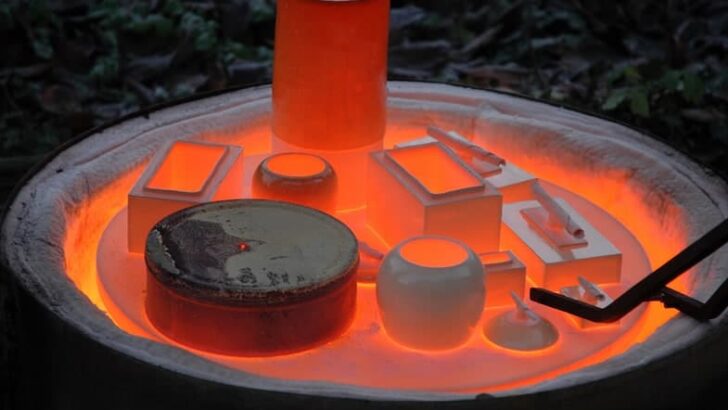
What is Raku Pottery? A Beginners Guide on How To Make Raku
One of the things I love about pottery and ceramics is that they are very elemental. With its dramatic mix of earth, fire, air, and water raku firing is one of the grittier approaches to pottery. So, what is raku pottery, and how is it made? Raku is a low fire process, reaching around 1830F…
-
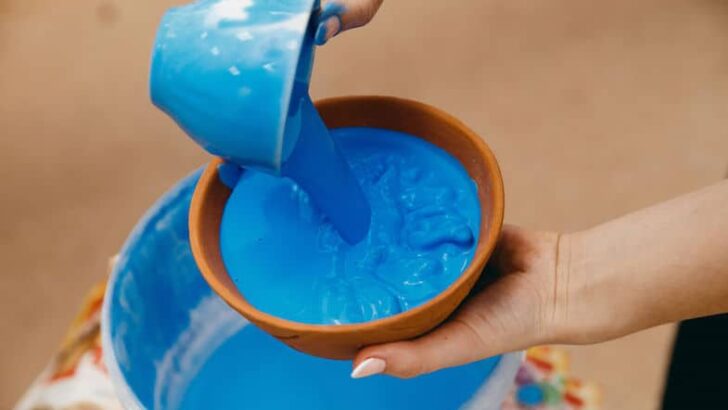
Do You Have to Bisque Fire Pottery? Some Single Firing Tips
Usually, pottery is fired two times. The first firing is the bisque fire, where the clay is turned into ceramic. The second firing is the glaze fire, where the pottery is glazed. But do you have to bisque fire pottery? Or can you skip the bisque firing stage? No, you don’t always have to bisque…
-
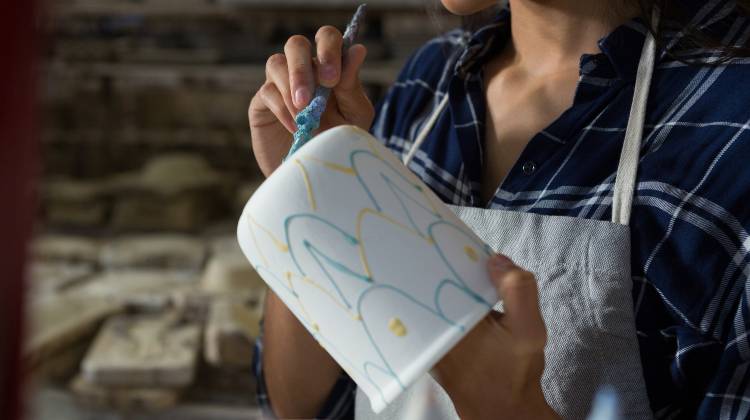
Does Underglaze Stick to the Kiln Shelf?
Pottery glaze melts when it is fired and will stick to the kiln shelf if it isn’t wiped off. But what about underglaze? Can you put it on the bottom of your pots, or does underglaze stick to the kiln shelf? Many types of underglaze don’t stick to the kiln shelf when they are fired. …
-
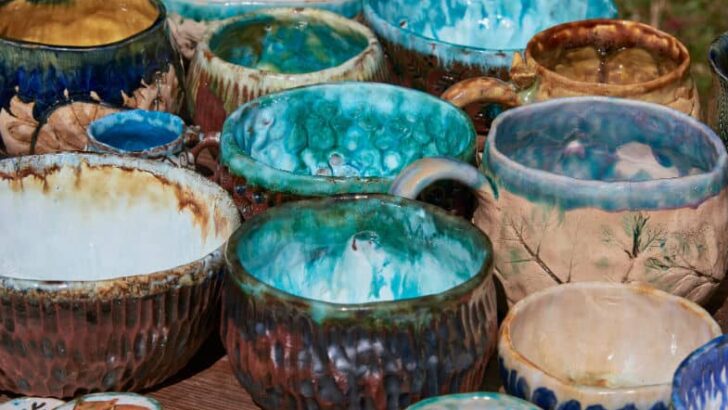
Oxidation and Reduction in Pottery – Made Simple!
A lot of the articles and books about firing and glazes talk about oxidation and reduction firing. These terms sound scientific and off-putting. Because they are referring to chemical processes, they are complicated. So, I decided to write an account of them that is understandable to all of us ‘non-chemists’. Oxidation occurs when there is…
-
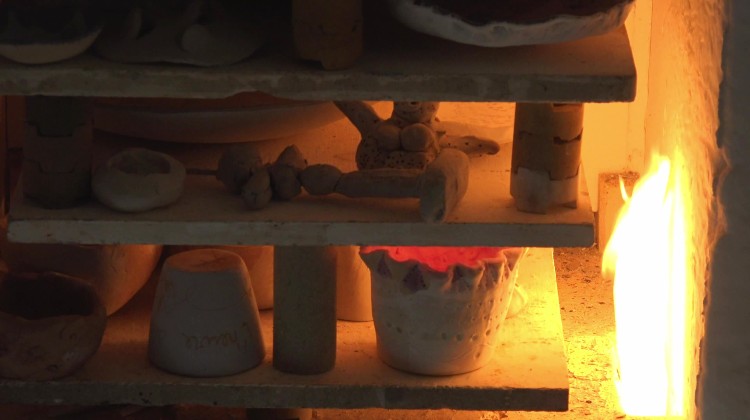
7 Pottery Firing Methods Commonly Used – With Images
The beauty of firing clay is that each method is different from the next. Firing methods range from high-tech digitally controlled and monitored kilns to homemade brick kilns packed with sawdust and leaves. This article will give an easy-to-understand account of 7 of the most common methods of firing clay. The methods covered are electric,…
-
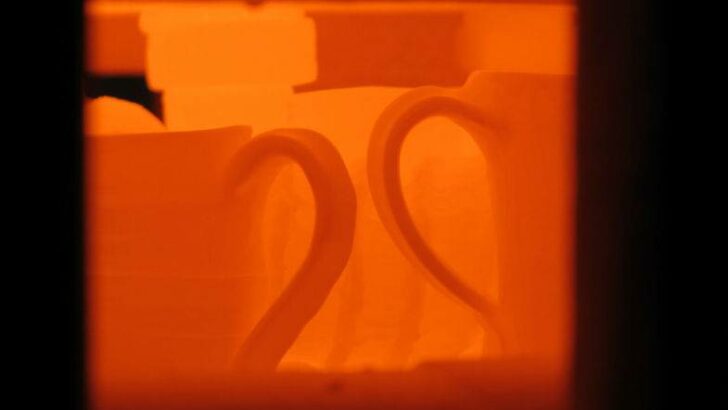
10 Easy Ways to Find a Pottery Firing Service Near Me
When you start out making pottery, chances are you won’t have your kiln. But you probably still want to get your pottery fired. Here are some tips on how to find a pottery firing service near you. How to Find A Pottery Firing Service Nearby The chances are that there is someone on your doorstep…
-
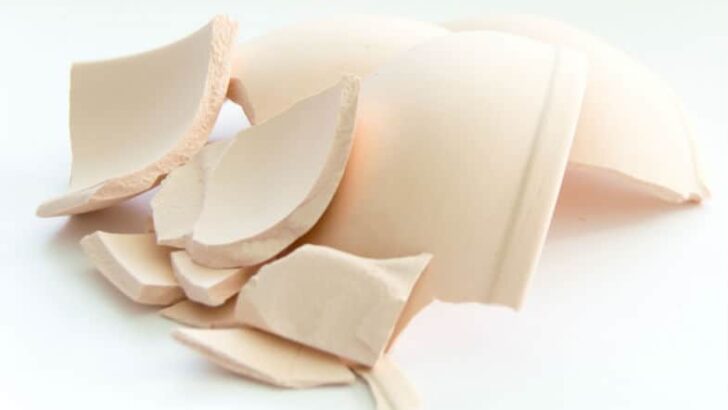
Why does Pottery Explode in The Kiln? – Avoid Explosions
Lots of things can go wrong when you fire pottery. Glaze can run, plates can warp, and clay can crack. One of the most dramatic and disappointing things that can happen is that pottery can explode in the kiln. It helps to understand what makes clay explode in the kiln to prevent it from happening.…
-
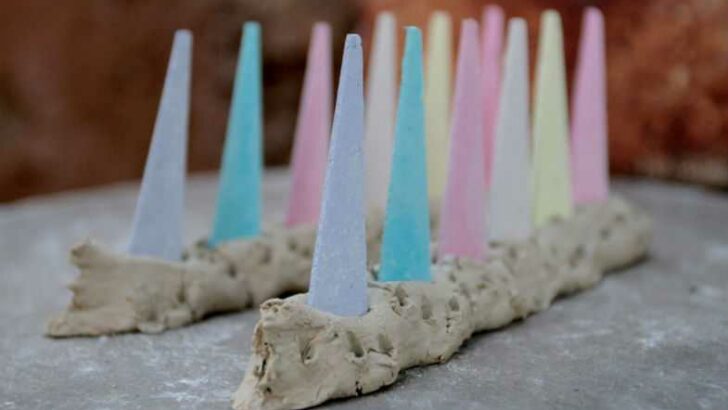
What are Cones in Pottery? & How Do They Work?
If you are learning about firing pottery, you may have heard the term ‘pottery cone’ or ‘ceramic cone’. But what are cones in pottery and how do they work? Cones are small pieces of ceramic material shaped like tall pyramids. They are placed in a kiln when it fires. Cones bend over as the kiln…
